History of Chorley Village
Chorley is a civil parish in the unitary authority of Cheshire East and the ceremonial county of Cheshire, England. The parish itself contains no large settlement, but there is a small hamlet called Row-of-Trees in the north of the parish.
Until the arrival of the railway, much of the area now known as Alderley Edge was called Chorley. As well remaining the name of the civil parish, the name Chorley is also retained in the 14th century Chorley Old Hall, to the south-west of Alderley Edge
The first written evidence of the settlement, then known as 'Chorlegh', appeared in the 13th century, with the likely derivation coming from ceorl and leah, meaning a peasants' clearing. Although it is not mentioned in the Domesday Book, it is included in a charter of c.1280. In the 13th century and during the Middle Ages, the area comprised estates that had many different owners. From the 15th century, most of these farming estates came under the ownership of the de Trafford family.
In 1830 Chorley consisted of only a few cottages, the De Trafford Arms Inn, a toll bar, and a smithy, straggling along the Congleton to Manchester Road.
The coming of the railway in 1842 with the construction of the Stockport to Crewe section of the main Manchester and Birmingham Railway changed all this. The Manchester and Birmingham Railway Company built the line through Chorley, offering free season tickets for 20 years to Manchester businessmen who built houses with a rateable value of more than £50 within a mile of the station. This 'season ticket' was in the form of a small silver oval which could be worn on a watch chain.
The railway also gave Alderley Edge its current name. As the railway network expanded and travel became easier, the railway company did not want its station called Chorley anymore because of the possible confusion with Chorley in Lancashire. So, in 1880 they renamed it Alderley Edge against much opposition, taking the old name for the village and the name of the sandstone escarpment already known as The Edge.
Today Chorley, according to the electoral register of 2015, consists of 184 properties with 369 electors, and is in the Wilmslow West and Chorley Ward.
Some facts about Chorley Village
The main body of Chorley lies along Knutsford Road and its associated Lanes which include Beswicks Lane; Broadacre Place; Carr Lane; Dingle Avenue; Foden Lane; Gore Lane; Upcast Lane and Green Lane. We also have properties on a short stretch of Chelford Road.
The Row of Trees were planted in the 17th Century and originally consisted of 30 Lime Trees. The original trees were replaced in 1930 and have been replaced again since then. They originally lined the roadside. We have 3 listed buildings in the Parish; Row of Trees Farm; Davenport House Farm and the Gate Post at Davenport House Farm.
Row of Trees Farm dates from 1603 and in 1665 a lady visited the farm to escape the Great Plague in London. Unfortunately she was already infected and ended her life being fed from a pitchfork. She was buried in the adjacent field in an unmarked grave. There is an inscription on the chimney breast to that effect. (Row of Trees Farm is now known as Row of Trees House)
Chorley does not have a Pub or Church, although we do have the Kingdom Hall which opened in the old Lindow School building. We also have the Village Hall which is separate from the Parish Council but is there in Trust for the use of residents of the Parish. Lindow Community Primary School now located in Upcast Lane is still within our Parish.
The piece of land on Knutsford Road known as the Bowling Green, along with the Football Field and Cricket Field on Upcast Lane were left in Trust for the leisure use of local residents and are managed by a Trust. Around 1990 the Church tried to sell the land for development but a small committee of local residents was formed and managed to stop the sale.
Chorley has a network of Footpaths for the enjoyment of the public. The Parish Council occasionally organise guided walks along the footpaths (look out for the notice on the Notice Board at Dingle Avenue.
STYLE10033
The Parish Council
The Parish Council consists of 7 members all acting in a voluntary capacity and a paid Clerk. We meet roughly every 6 weeks at Lindow School and the meetings are open to the public.
The Council is there to represent the views of the electorate and does so in several ways.
We are represented at meetings with the Police Commissioner: the Lindow Workhouse Trust and the Cheshire Association of Town and Parish Councils. We also have input to Planning Applications and meet regularly with our Ward Councillors.
The Parish Council is solely funded by the Parish Precept received annually from Cheshire East Council.
The Parish Council own the majority of the Common Land at the Row of Trees, which was donated to the Parish by Arthur Burgess in memory of his wife Elsie who passed away in 1987.
The Parish Council own the Streetlights in Chorley due to a generous donation many years ago. We pay for their maintenance/repair and also for the electricity to power them (approximately £66/month and rising (2017) a substantial sum out of a very small budget) we have tried for many years to have them adopted by Cheshire East Council without success.
The Council pay Cheshire East Council for the mowing of the Row of Trees and the Bowling Green grass (although we recover the cost of the Bowling Green from the Trust).
The Parish Council is normally represented on the Board of Governors at Lindow Primary School. Unfortunately we have not had a representative since 2002, but if anyone is interested please contact a member of the Council.

